פיט מונדריאן (1872-1944)
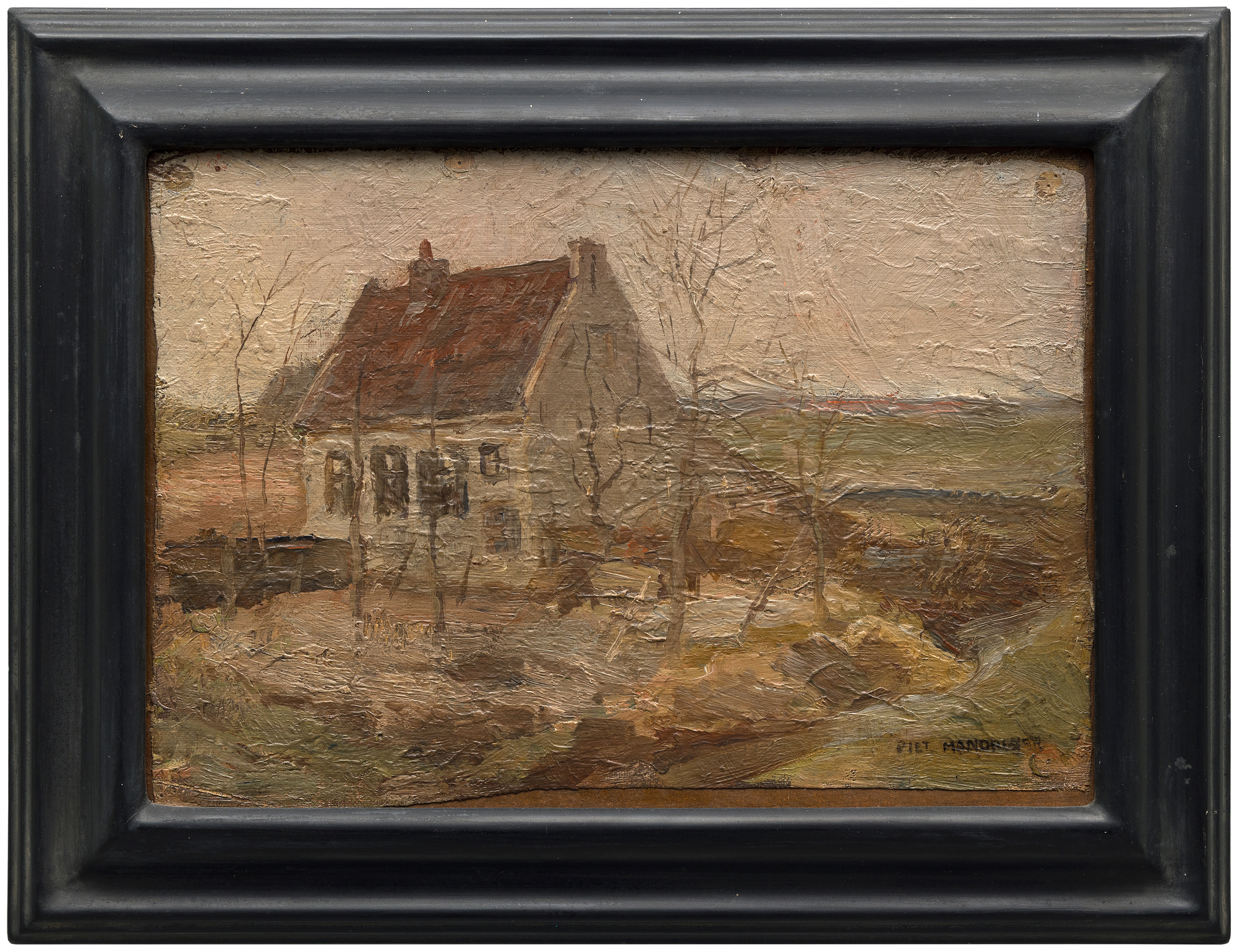
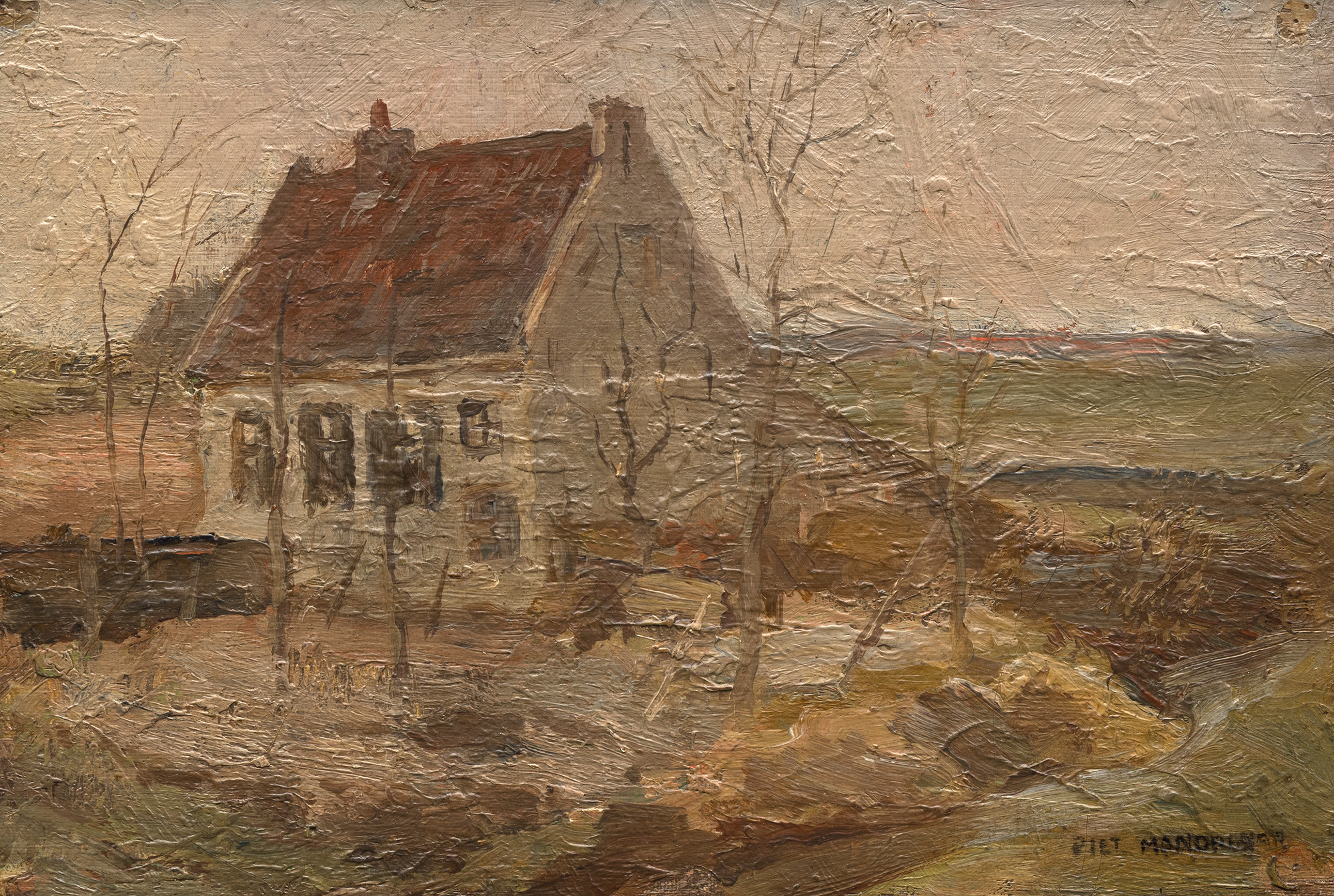
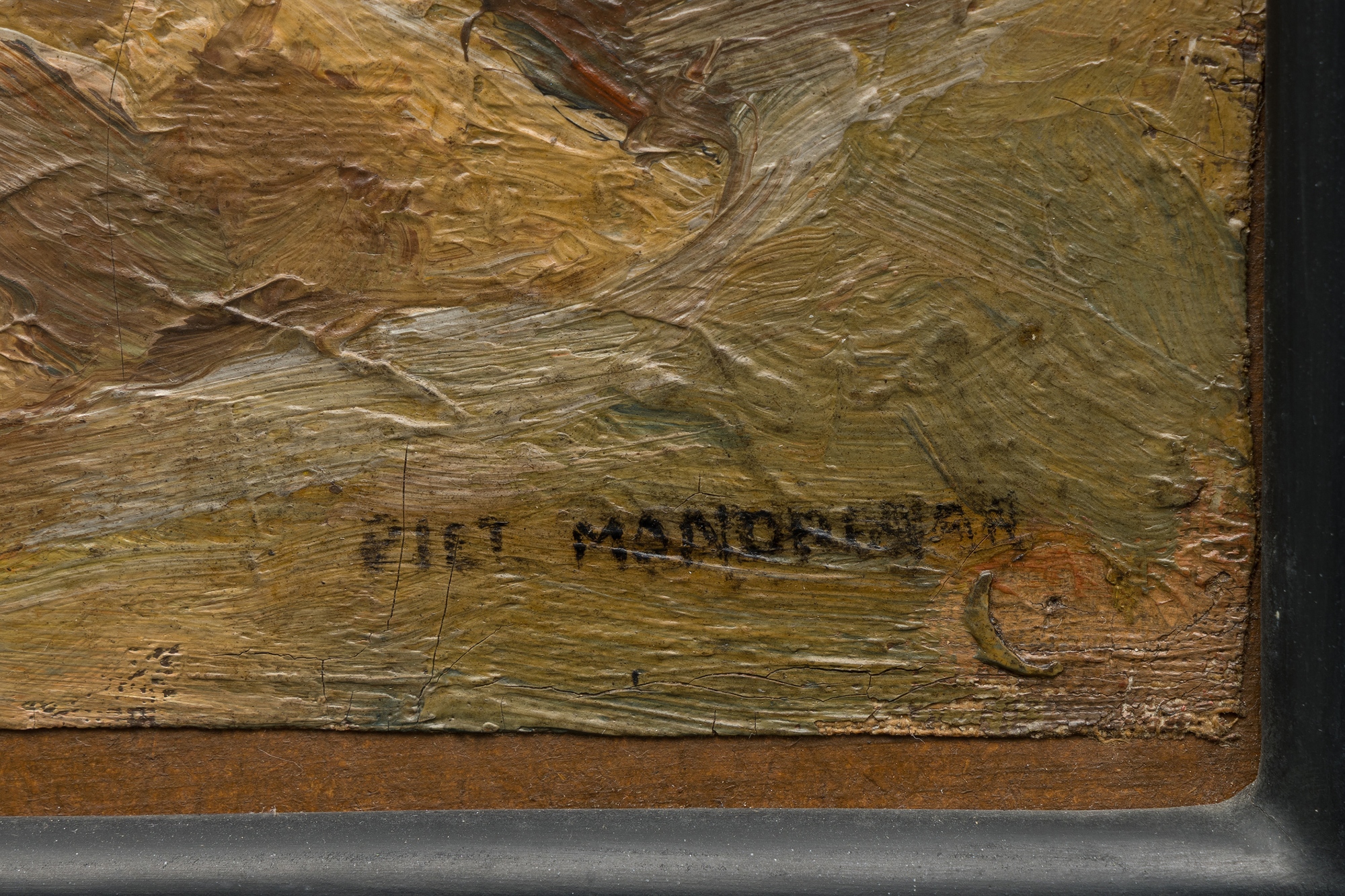

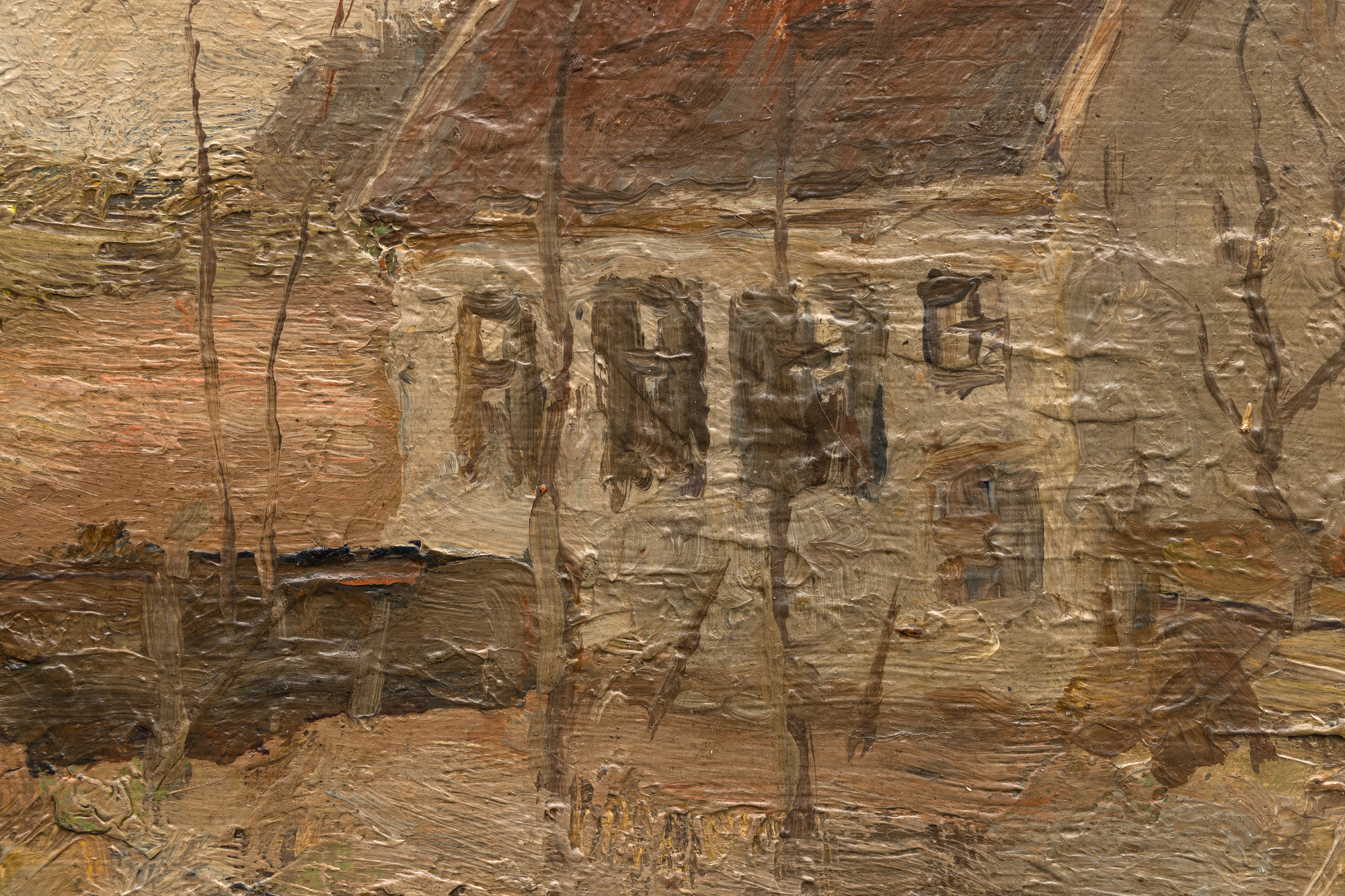
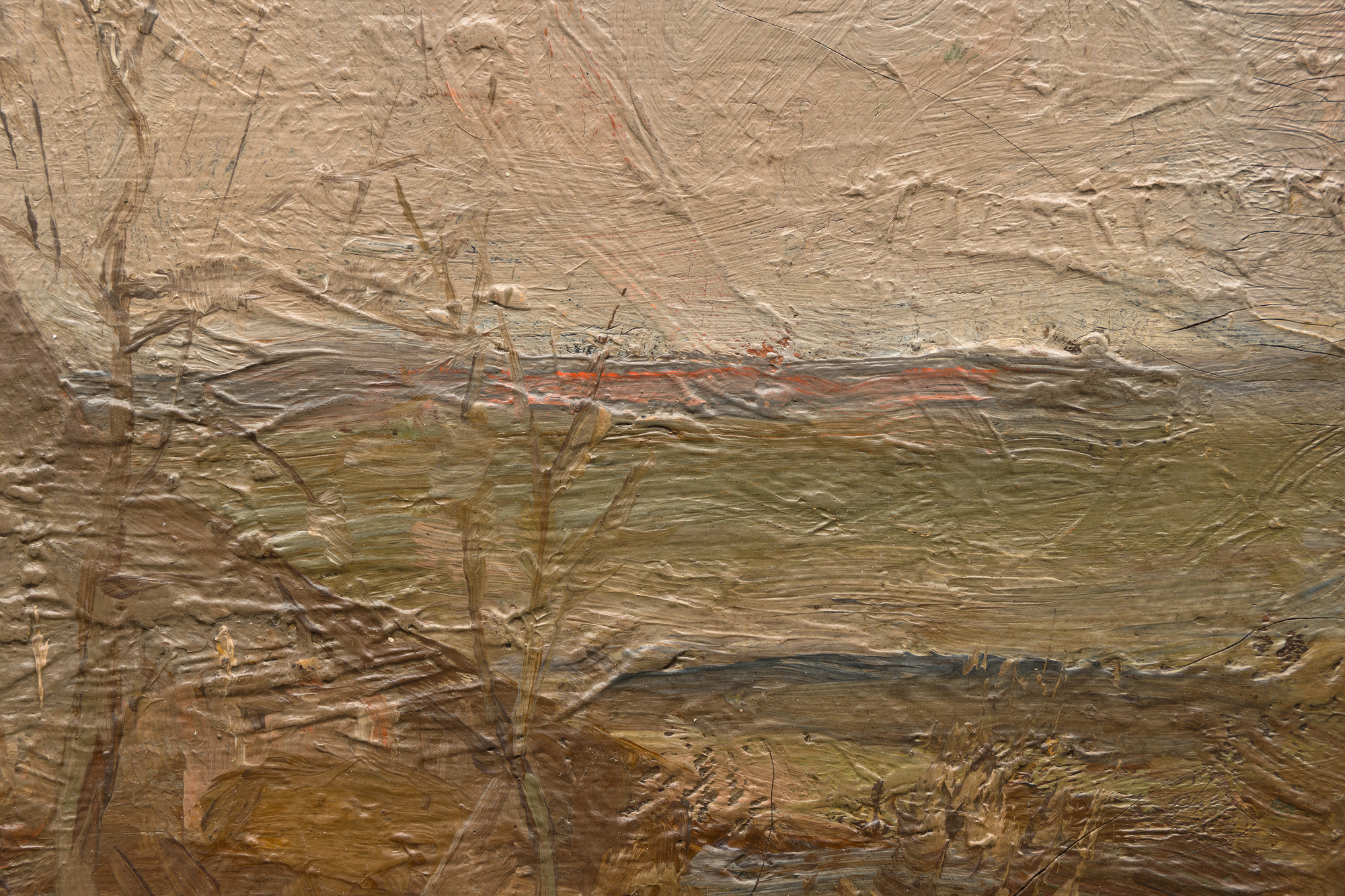



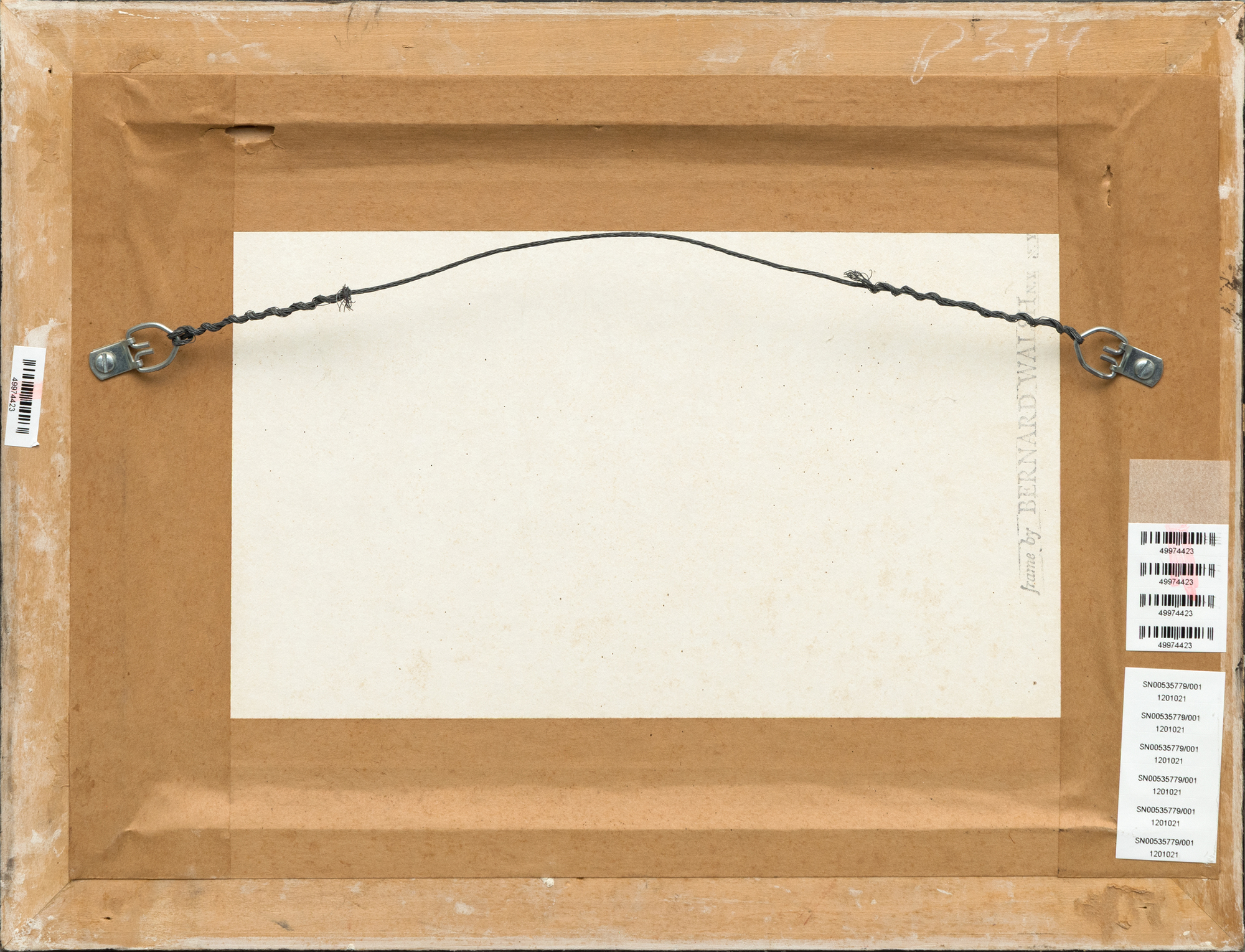
מקור ומקור
האחוזה ההולנדית, 1982אוסף קתרין וניקולס פוקס וובר
תערוכה
לונדון, דיוויד צוורנר, פיט מונדריאן: ציור 1900-1905, 26 בנובמבר 2015 - 23 בינואר 2016ספרות
רוברט וולש, פיט מונדריאן: קטלוג סיבת היצירות הנטורליסטיות, ניו יורק, 2018, מס' A161קרסטן שוברט, מונדריאן המוקדם: ציור 1900-1905, לונדון, 2022
120,000
היצירות מתקופה זו, לפני המעבר של מונדריאן לכיוון נופי חוף, סירות ונושאי פרחים, מדגישות את חיבתו לנוף, נושא שנשאר בעדינות ביצירותיו האבסטרקטיות המאוחרות יותר, במיוחד אלו בהשראת הפריסה דמוית הרשת של ניו יורק, כגון "ברודווי בוגי ווגי" (1942-43) ו"ניו יורק סיטי 1" (1942). נופים מוקדמים המציעים נקודת מחיר נגישה יותר אך בעלי חשיבות אקדמית עצומה, מושכים מוזיאונים ואספנים מנוסים ומחשבתיים. יצירות דומות נמצאות במוזיאון המטרופוליטן לאמנות, במוזיאון קליבלנד לאמנות ובמכון האמנות של שיקגו. יצירה זו עומדת כעדות נדירה לגאונותו המתפתחת של מונדריאן ולתפקיד הבסיסי של הנוף ביצירתו. הבעלים האחרון של הציור הוא ניקולס פוקס וובר, היסטוריון האמנות, החוקר ונשיא קרן יוזף אלברס.


